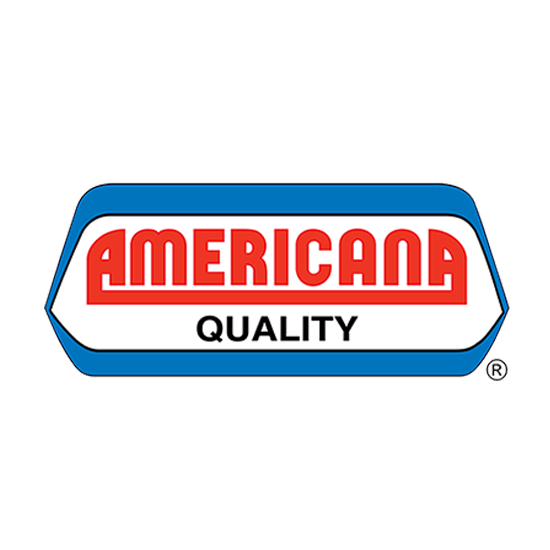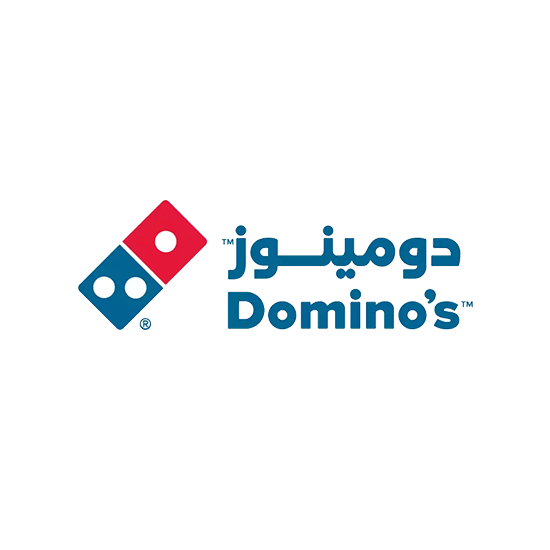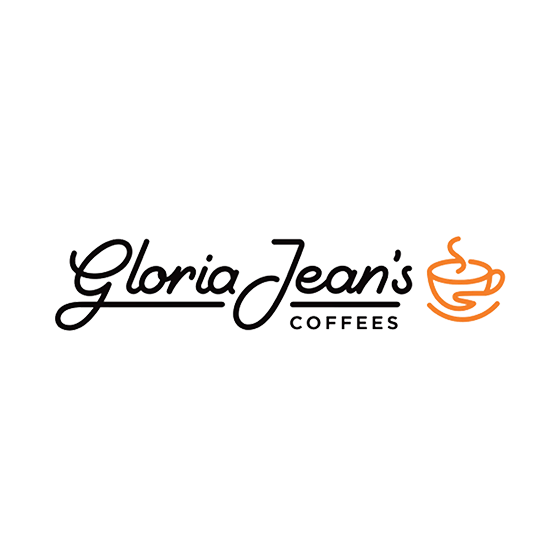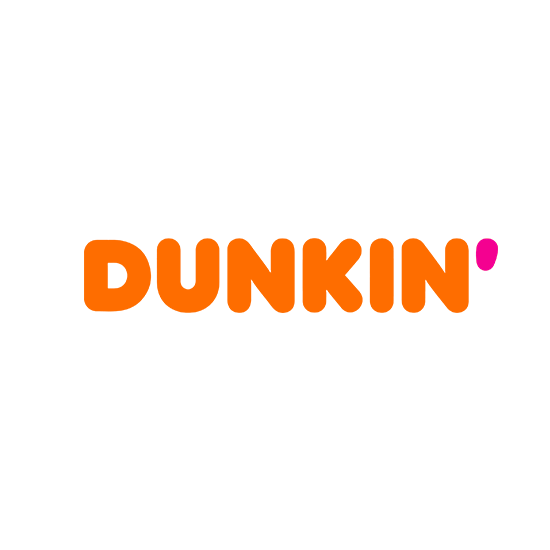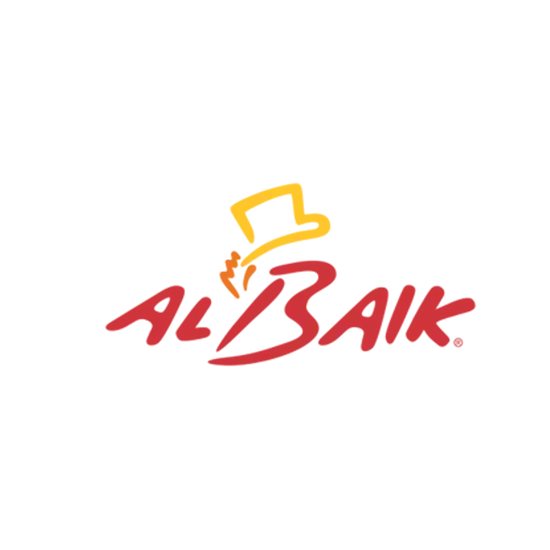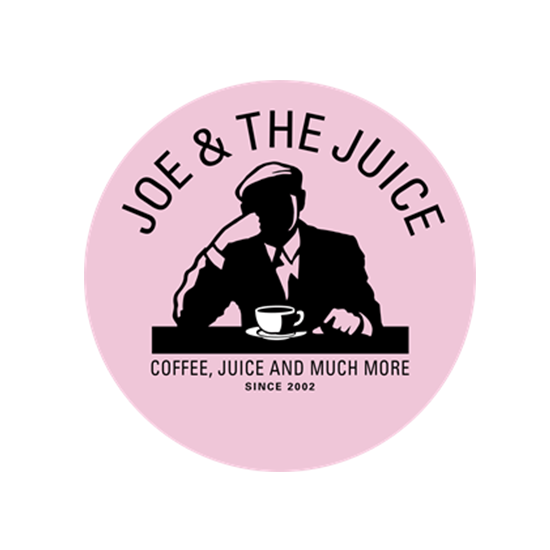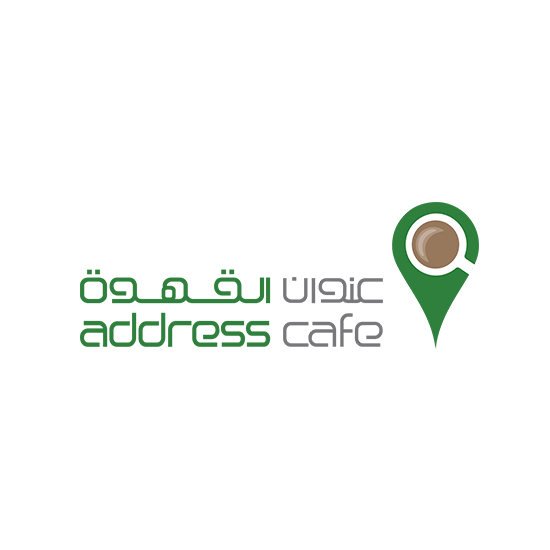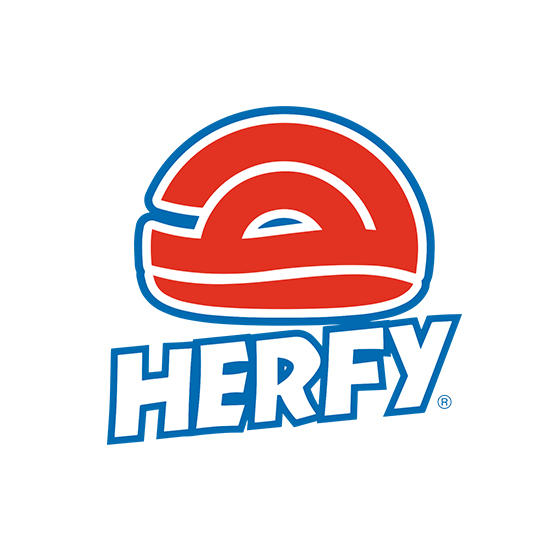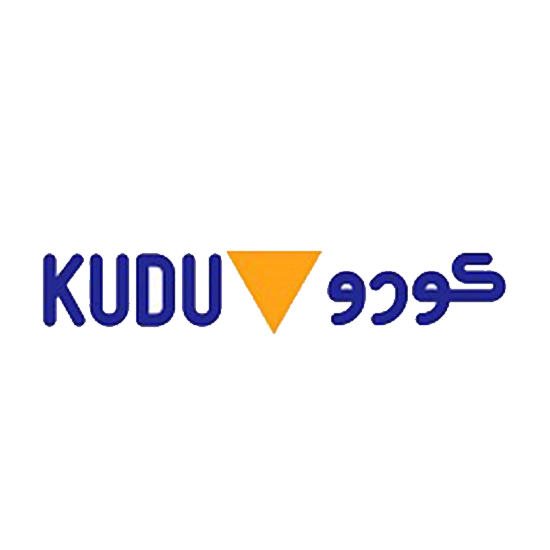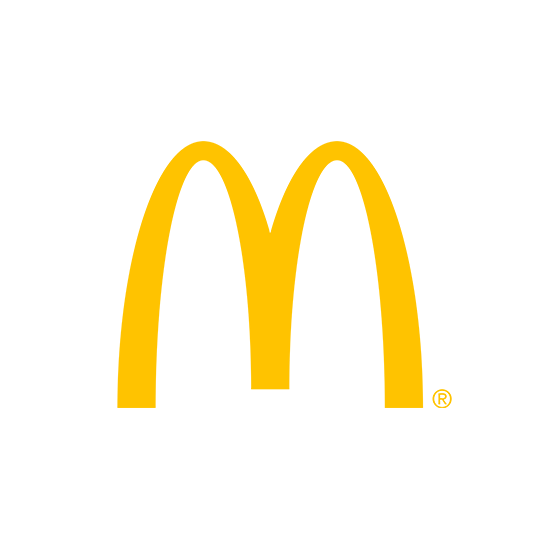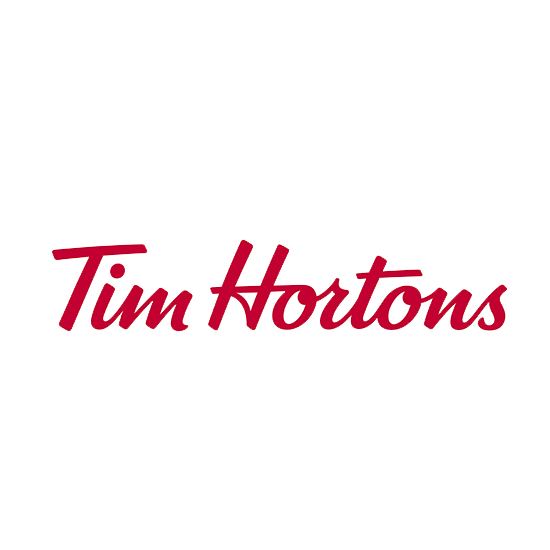The History and Evaluation of Drive Thru
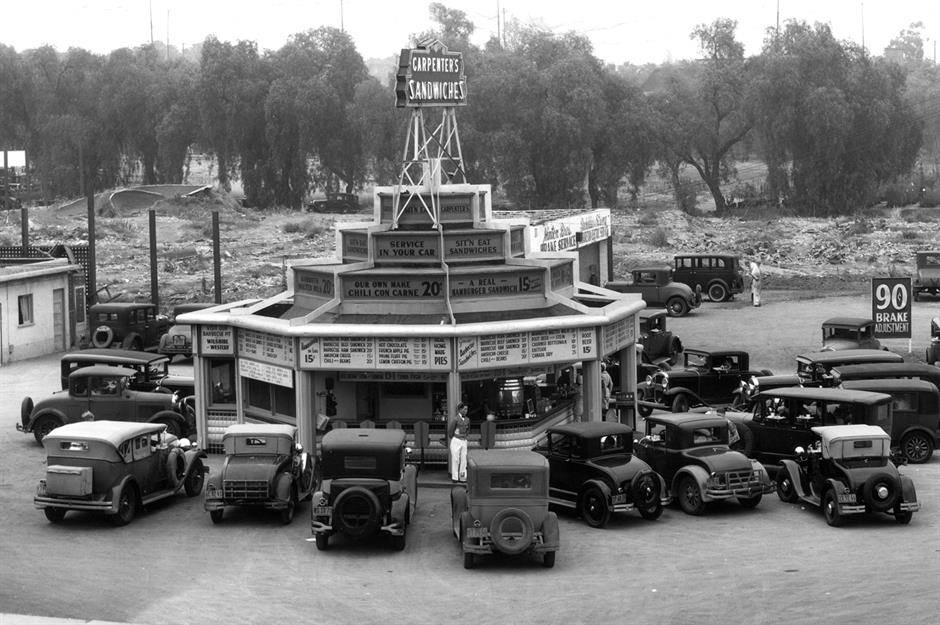
Introduction
The Drive-thru has become a ubiquitous feature of modern-day society. It provides a convenient and fast way for customers to order and receive food or other products without leaving their vehicles. However, the history of drive-thrus is a fascinating one, full of innovation and evolution that has transformed the way we access goods and services.
The First Drive-Thru

Credit : innout/Instagram
The first drive-thru restaurant was the iconic In-N-Out Burger in California, which opened in 1948. It was a simple model of ordering through a speaker system and receiving the food through a window. However, this was revolutionary for the time, as it allowed customers to get their food quickly and efficiently without leaving their cars. It wasn’t long before other fast-food chains like McDonald’s, Burger King, and Taco Bell began offering drive-thru services as well.
In the early days of drive-thrus, the ordering process was relatively simple. Customers would pull up to a speaker system and place their order, but the sound quality at that time is not so good and order accuracy was relayed to the kitchen staff. The food would then be prepared and delivered through a window, where the customer would pay and receive their order. This process was efficient and convenient, as it eliminated the need for customers to leave their vehicles or wait in line inside the restaurant.
Features of Drive Thru Kiosk
The features of drive-thru kiosks include:
Touchscreen interface: Kiosks typically feature a large, user-friendly touchscreen interface that allows customers to easily navigate and select menu items.
Menu customization: Kiosks can be programmed to offer customized menu options and recommendations based on a customer’s previous orders.
Multiple payment options: Drive-thru kiosks typically accept a variety of payment methods, including cash, credit cards, and mobile payments.
Order tracking: Kiosks can track and display the status of a customer’s order in real-time, providing transparency and reducing confusion.
Integration with restaurant POS systems: Drive-thru kiosks can be integrated with a restaurant’s point of sale (POS) system, allowing for seamless and efficient order processing.
Multilingual support: Kiosks can be configured to support multiple languages, making them accessible to a wider range of customers.
Custom branding: Drive-thru kiosks can be customized with a restaurant’s logo and brand colors, providing a consistent and recognizable brand experience.
Audio and visual prompts: Kiosks can be programmed to provide audio and visual prompts to guide customers through the ordering process and provide feedback on the status of their order.

Technical Features of Drive Thru Kiosk
Credit: George/Flickr/CC BY-NC 2.0
As the popularity of drive-thrus grew, fast-food chains began to experiment with different models and innovations. One of the most significant developments was the introduction of dual-lane drive-thrus in the 1970s. This allowed for faster service and increased capacity, as two lines could be serviced simultaneously. This was a significant development, as it enabled businesses to serve more customers in less time, leading to an increase in sales and revenue.
The Innovation of Digital menu and Video Display
There are several reasons why people may take longer at drive-thru kiosks, including:
In the 1980s, digital menus and video displays were added to enhance the ordering process and provide customers with more options. This allowed businesses to showcase their products more effectively, leading to increased sales and greater customer satisfaction. Drive-thrus also began to offer more diverse and healthier menu options, including salads and vegetarian options, to cater to changing consumer preferences.
The expansion of menu offerings was another significant evolution in the drive-thru industry. Fast-food chains began to offer a wider range of products and services, such as coffee, breakfast items, and desserts. They also introduced mobile ordering apps and digital payment systems, making it easier and more convenient for customers to place orders and pay for their food without leaving their cars.
Effects of COVID-19 on Drive-Thru Restaurants
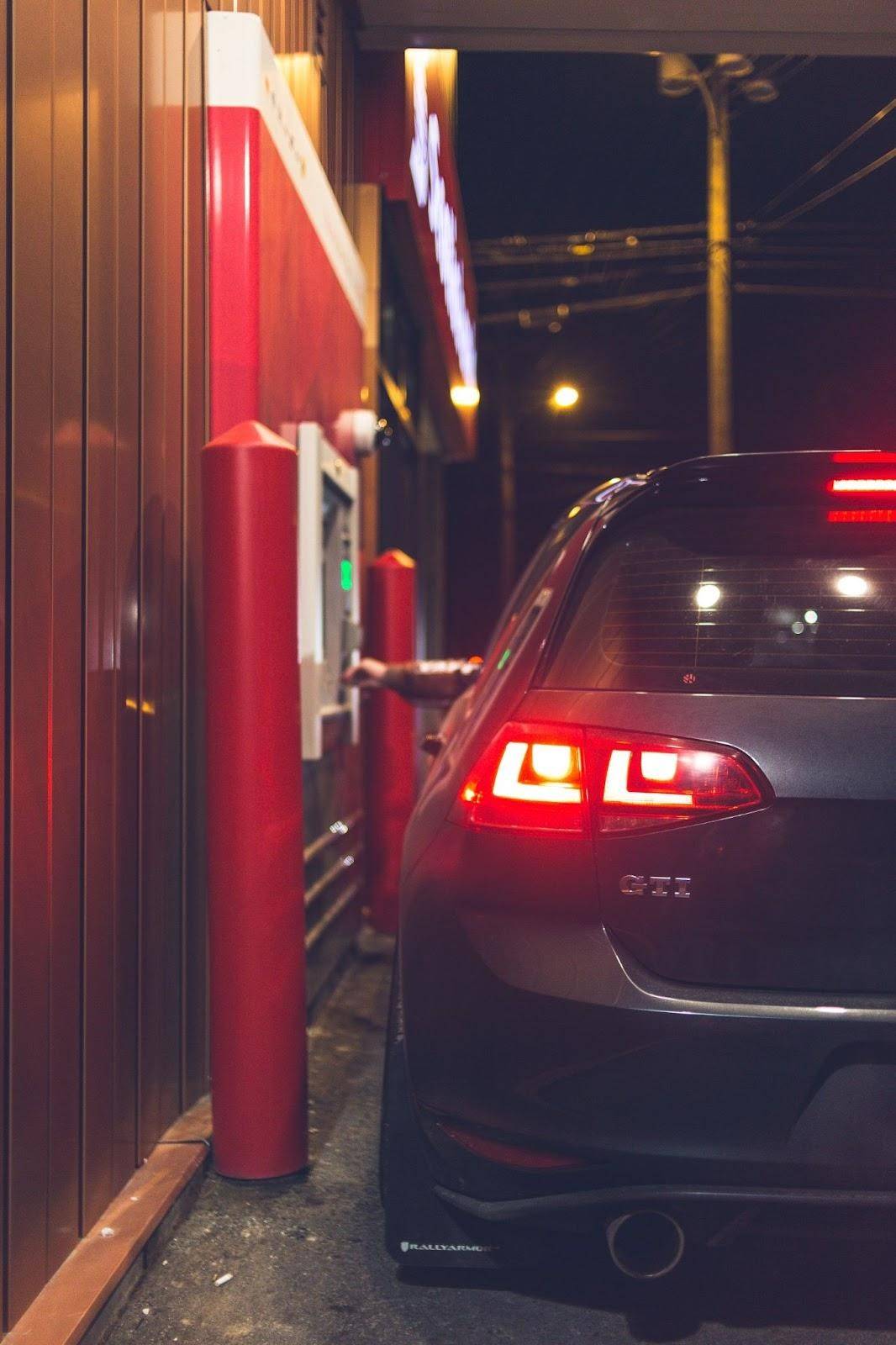
The COVID-19 pandemic has accelerated the adoption of drive-thru services, as businesses look for ways to provide contactless service to customers. This has led to an increase in the use of technology, such as mobile ordering and payment systems, to provide customers with a seamless experience. Many businesses have also introduced curbside pickup options, where customers can place orders and have their food delivered to their vehicles without leaving them.
The drive-thru model has also been adopted by businesses beyond the fast-food industry. Coffee shops, pharmacies, and banks are just a few examples of businesses that have embraced the drive-thru. This shows that the drive-thru has become an essential part of daily life for many people, providing a convenient and efficient way to access the goods and services they need.
Industries that can get benefits from the drive-thru
The Drive-thru concept has become increasingly popular over the years, and it is now commonly used in a wide range of industries. Here are some of the industries that can benefit from using drive-thru:
- Fast food restaurants: Drive-thru solution is perhaps most commonly associated with fast food restaurants, which rely on quick service and convenience to attract customers. Many fast food chains have now made drive-thru a core part of their business model, allowing customers to order and pay for their meals without ever leaving their cars.
- Coffee shops: Coffee shops have also embraced the drive-thru concept, allowing customers to grab their morning coffee and breakfast on the go. Drive-thru coffee shops have become particularly popular in urban areas, where commuters are looking for a quick and easy way to get their caffeine fix.
- Pharmacies: Drive-thru pharmacies have become increasingly common in recent years, offering customers a convenient way to pick up their prescriptions without having to leave their vehicles. This can be particularly beneficial for elderly or disabled customers who have difficulty getting in and out of their cars.
- Banks: Many banks now offer drive-thru services, allowing customers to make deposits, withdrawals, and other transactions without ever having to leave their cars. This can be particularly convenient for busy professionals who don’t have time to wait in line inside the bank.
- Car washes: Drive-thru car washes have been around for many years, offering customers a quick and easy way to get their cars clean. These types of businesses typically offer a range of services, from basic washes to more comprehensive detailing packages.




















